The Bicol Express
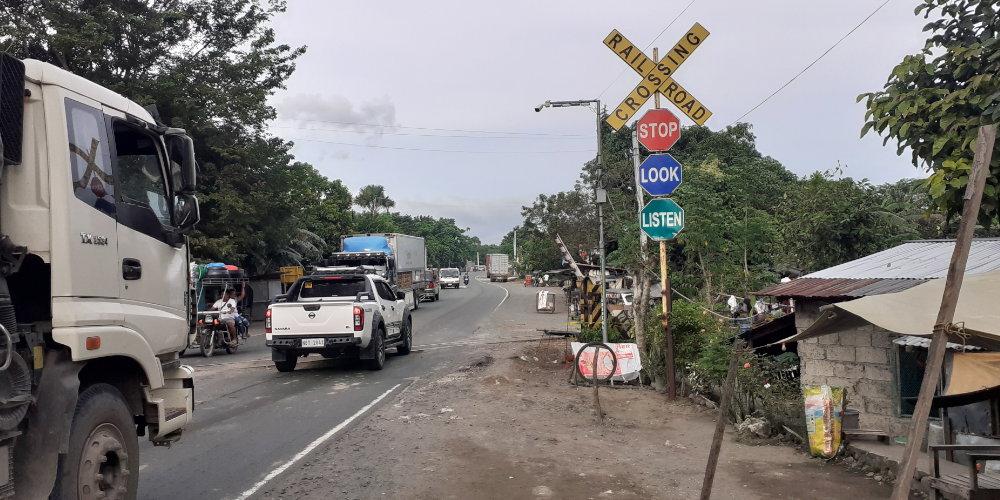
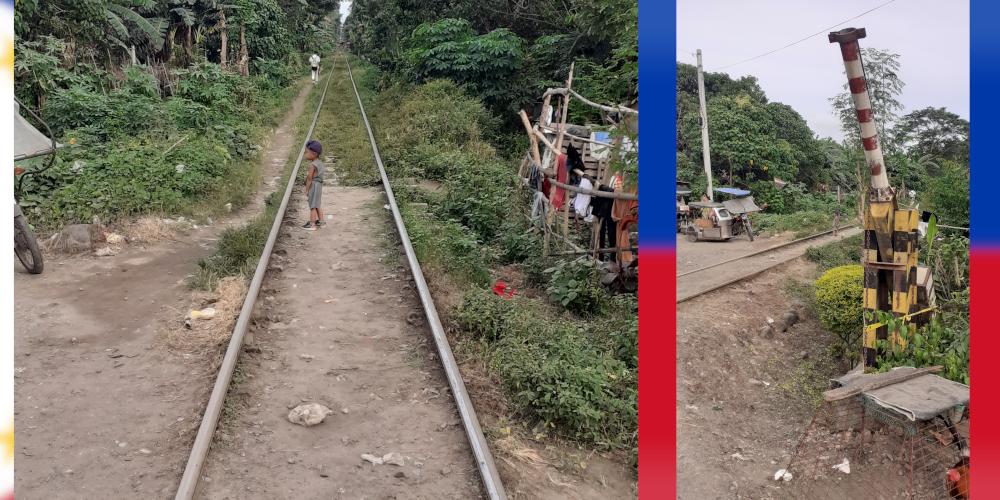
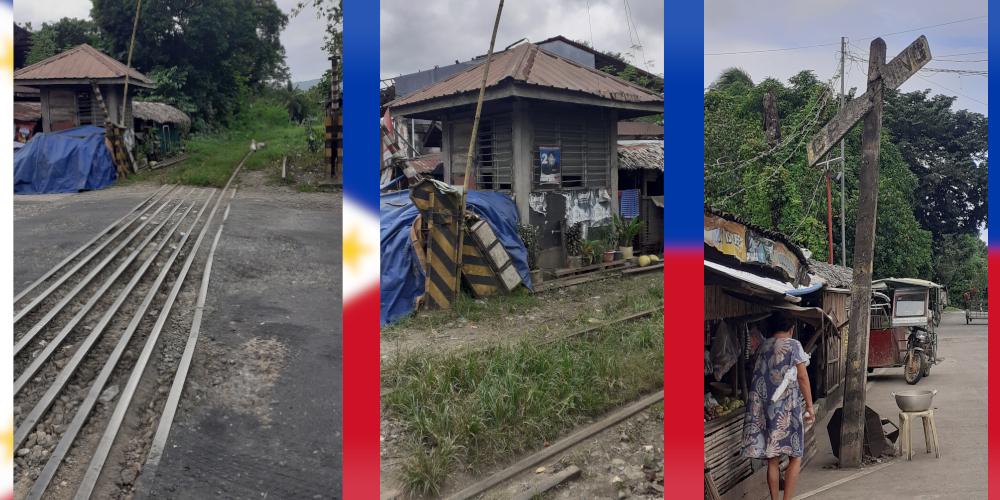


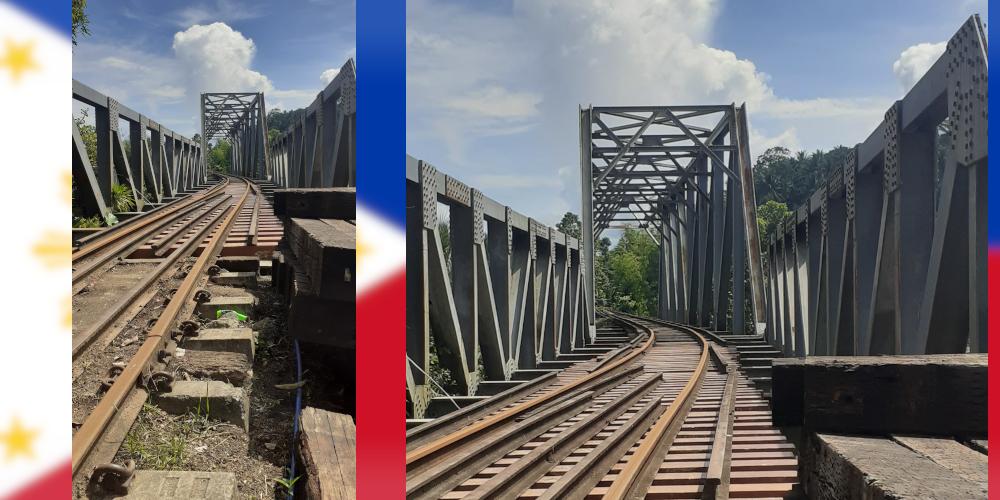
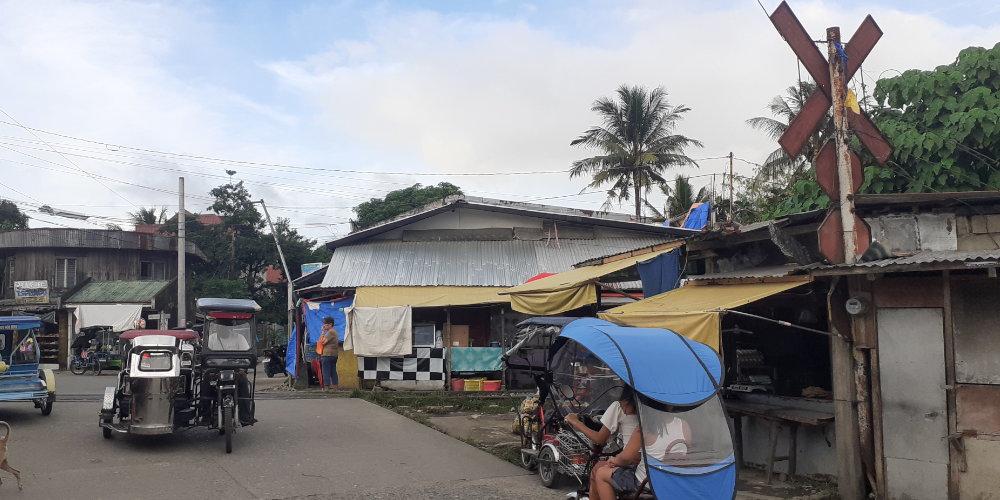

If you travel from Manila to Naga, you will come across remnants of the railway line known as the Bicol Express, which once connected these two cities, in many places.
In large parts, the railway network is hardly still in place or visible, but on some stretches the existing tracks are used by the local population as a transport route. Draisine-like vehicles are used to travel from village to village.
In Tagkawayan, the former railway station building still exists, but is no longer recognisable as such.
The railway tracks cross the national road in many places. Clearly recognisable by signs indicating rail traffic – or should we say trolley traffic? -There are also heavily damaged railway crossing gates and the former guard houses from which the gates were operated.
Railway bridges have also been preserved and are still used by trolleys.
The Bicol line had to be shut down in 1995 after Typhoon Rosing destroyed large parts of the line between Lucena City and Naga City. The section between Iriga City and Legazpi City had already been destroyed by the eruption of the Mayon volcano in 1993. The line was reopened in 1996, but only as far as Naga City. In 2006, it was again severely damaged by a typhoon, so that operations had to be suspended again.
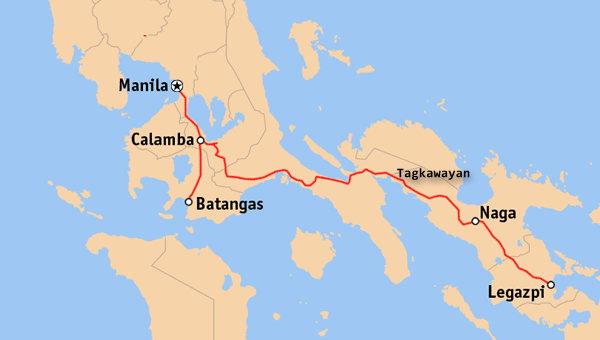
Logo of Philippine National Railways

